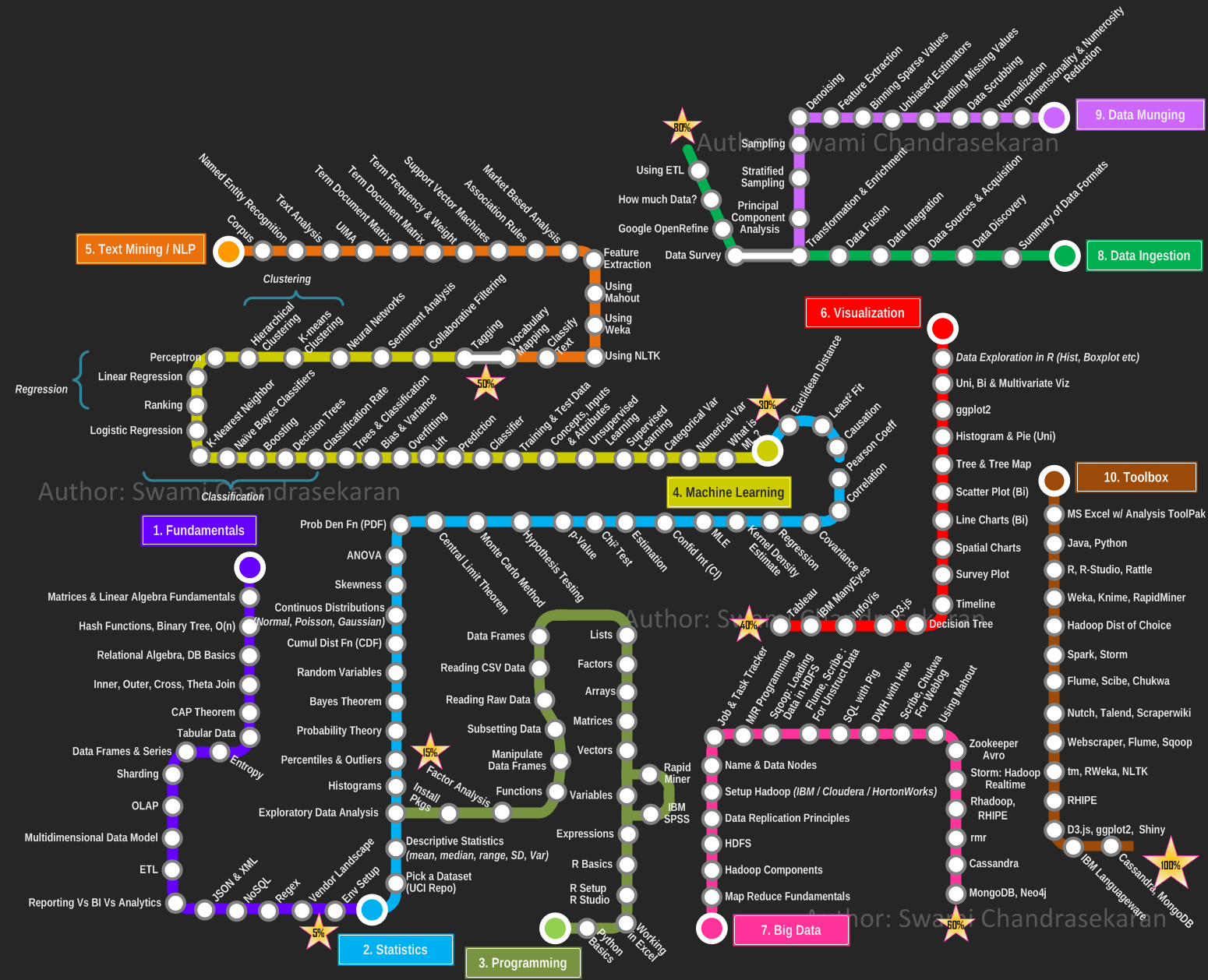Earlier this summer, we were learnt about some really interesting NSA programs like
PRISM and
XKeyscore that scooped up with tons of data about everything you do online, telephone and email metadata like who you call, how long the call lasts, who you email- when and how often, etc. And it seems like every few weeks we are graced with more revelations like the NSA collecting millions of email address books, sharing call metadata collected by their NATO allies and spying on other world leaders.
There is some emphasis the data collected was just metadata (data about data), but having access to call and email metadata can probably be more
intrusive than having access to the contents of actual phone calls or
emails. This is because metadata can expose your network of friends or
contacts, how often and how long you correspond with those contacts, etc.
You can always control what you write in an email or say over a
phone call, but you probably can't avoid contact with other human beings or live in isolation.
To test this, I found this really cool application called
Immersive, designed by some folks from the MIT Media Lab. It helps you visualize your network using just email metadata (From , To, and cc fields and time stamp information) They use network detection and clustering algorithms to build up you network. I was actually very surprised when I tried it on my inbox. On the immersive network diagram a node represents a person while a line represent the communication between people.
I would say I was quite surprised there was such an uproar over these NSA programs. If you are doing anything online these days, the expectation of ultimate privacy is probably an illusion, as someone is always listening and you've probably already given you data for free to Linkedin, Facebook and other social media platforms.
Data brokers have actually been collecting data on everyone for ages. Companies like Acxiom, Versium and LexisNexis have troves of 'personally identifiable' and public data on hundreds of millions of people which they sell to third parties who use this data for "marketing purposes". They use this data to build a better profile of you - the websites you visit, your financial situation, whether you have kids, what type of ads you click on, what type of programmes you watch, you religious / political affiliations and the list just goes on. If you're really curious about the type of data Acxiom has on you, do check out
About The Data.
The credit rating agencies also boasts a huge cache of you personal and financial data. The only way to really escape any one of these companies is to live off the grid. Below is nice visual on the sonetimes opaque world of data brokers.
If history is any judge, this is probably not the last we've heard of such NSA data aggregation programs. Back in the 40's, there was
Project SHAMROCK which collected all incoming and outgoing telegraphic data from the US and there were a few similar projects through the decades. This much is obvious, the intelligence community is fraught with half truths and there are probably a few other programs out there we still don't know about yet. It's like a game of poker and you don't show your hand until you have to or are forced to (a la Snowden).


